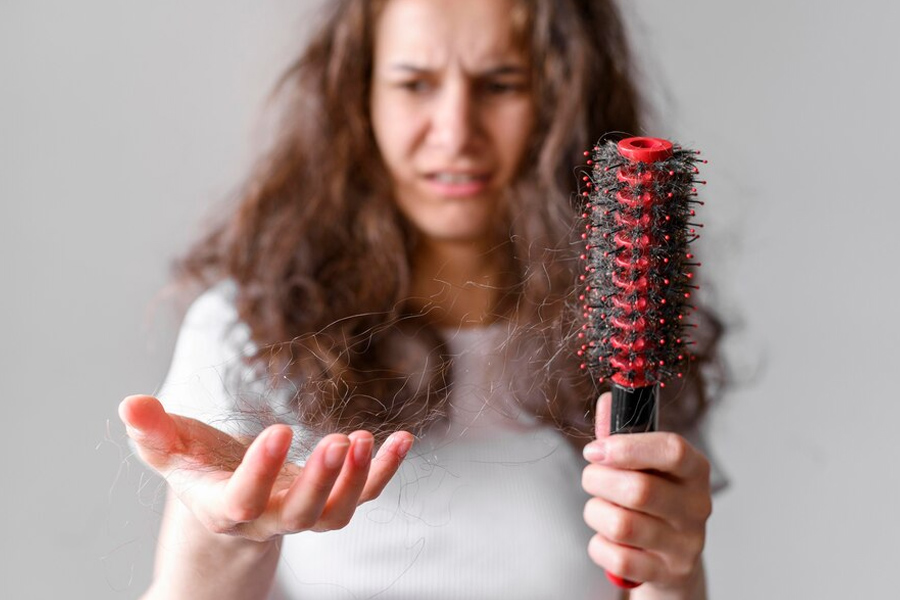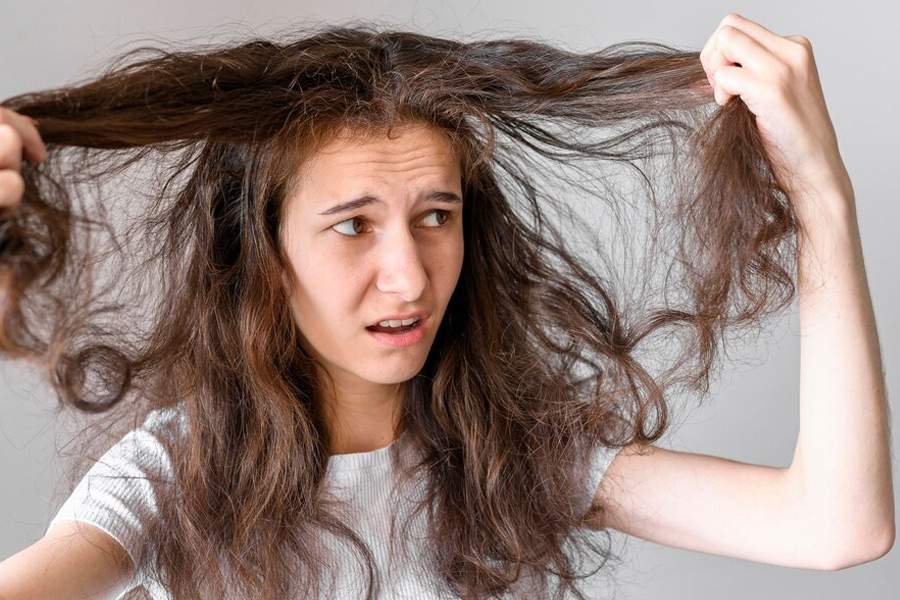
When we think of hair care, we usually associate it with shampoos, oils, masks, and treatments, but hardly ever consider something we put nearly eight hours a night on - our pillowcase. According to experts, the material our head lies on can have a major impact on whether we wake up with frizz, breakage, or silky, manageable hair.
Table of Content:-
So we reached out to our expert, Dr Kriti Lohia, CEO & Consultant Dermatologist, MBBS, DDVL, DABRM, Aesthetics Redefined by Cocoona Clinic - Gurgaon, explained how the pillowcase may be quietly hurting the hair and what you can do to make your hair healthier while you're sleeping.
Impact of Cotton Pillowcase on Hair
“Cotton pillowcases are soft, sure, but they also rub against your hair when you move at night. This friction roughens the cuticle (the hair's outer layer), causing frizz, tangling, and breakage. Dry hair types like curly, or chemically processed or fine hair, are particularly susceptible,” explained DR Lohia.

Additionally, studies reveal that cotton also pulls moisture from the hair and scalp, taking with it natural oils that make strands smooth and resilient. This can exacerbate dryness and lead to more split ends with time.
Why Silk and Satin Are Better Options for Hair
A change to satin or silk pillowcases can make a big difference, suggested Dr Lohia. “These materials cause hair to slide smoothly, avoiding tangling and breaking. They even maintain the hair's natural oils and moisture, decreasing dryness and frizz,” he shared.
Silk is temperature-regulating and hypoallergenic by nature and is good for both skin and scalp. Satin (a weave and not a fibre) is a less expensive option but still provides similar benefits favourable to hair.
Pillowcase and Bacteria, Oil, Scalp Health
The pillowcase accumulates sweat, product residue, and natural oils from your scalp. It can accumulate and move back onto our hair over time, clog follicles, and lead to scalp irritation or dandruff. Dirty pillowcases can also contribute to hair fall and compromise the roots of your hair.
Also Read: Trapped Gas Relief: Your Guide to Home Remedies & Prevention

Dr Lohia advised to wash your pillowcase every three to four days, and daily if you are using hair products or have an oily scalp.
Hair Breakage and Cotton Towel Pillow Hacks
If changing your pillowcase is not feasible immediately, wrapping your hair in a gentle microfibre towel or wearing a protective style (such as a loose bun or braid) can minimise friction. Steer clear of tight hairstyles at night as they can tug on the roots and lead to traction alopecia in the long run.
Bottomline
Your pillowcase is not only a sleeping must-have, it's a silent contributor to the health of your hair. Shifting to silk or satin, frequent washing, and adjusting small bedtime habits can result in smoother, stronger, and healthier-looking hair.
Also watch this video
FAQ
1. How often should you change your pillowcase for improved hair health?
Every three to four days is best to avoid oil, sweat and product buildup from damaging your scalp and hair.2. How does satin compare to silk for hair?
Yes, satin pillowcases also decrease friction and moisture loss, so they're a cheaper alternative with the same advantages.3. Is sleeping with wet hair a damaging practice?
Yes. Wet hair is weaker and more susceptible to breaking, so it's advisable to allow hair to dry or tie it loosely at night.
How we keep this article up to date:
We work with experts and keep a close eye on the latest in health and wellness. Whenever there is a new research or helpful information, we update our articles with accurate and useful advice.
Current Version
Oct 15, 2025 19:21 IST
Published By : Tanya Srivastava